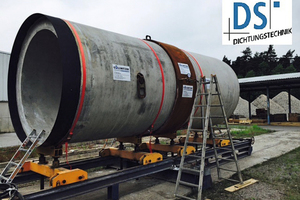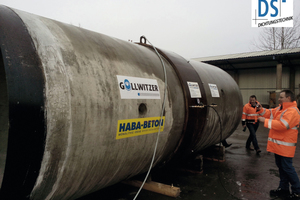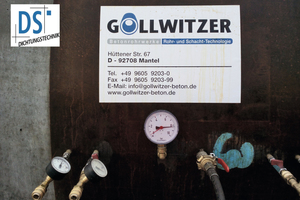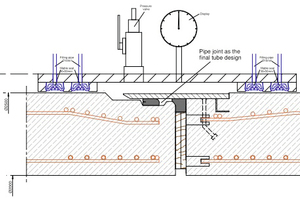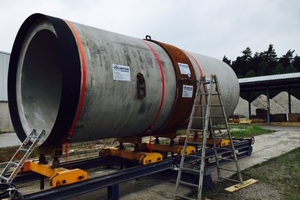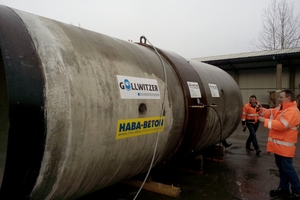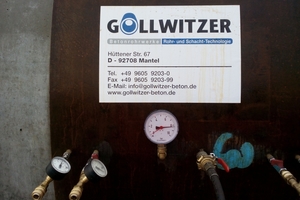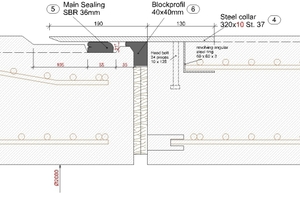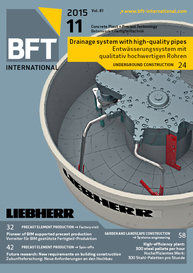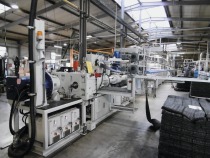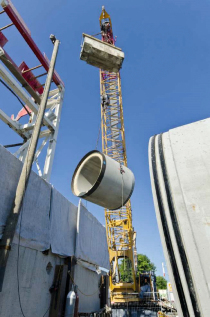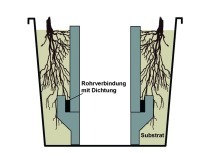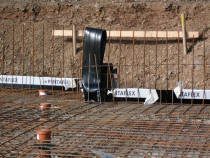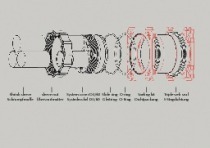New benchmark in sealing systems for the Hong Kong tunnel
The longest and deepest undersea highway tunnel ever built in Hong Kong will stretch between the western New Territories and Lantau Island. The building project aimed at the design and construction of the dual two-lane Tuen Mun-Chek Lap Kok Tunnel with a length of approx. 5 km at a depth of 50 m below sea level as well as the associated reclamation of about 16.5 ha of land.
According to DS Dichtungstechnik the world’s largest Tunnel Boring Machine (TBM) of 17.6 m in diameter and two mix-shield TBMs of 14 m in diameter each were used to construct this road tunnel, using the pipe jacking method. Haba Beton Johann Bartlechner KG supplied the single-chambered pipes of type VT DN 2,000 required for this building proj-ect. Gollwitzer GmbH was the contractor of the project, with Tunneling Consultant GmbH based in Lahr participating as independent expert.
The requirements on the sealing system of the pipes were to resist external water pressures of 5.0 bar permanently and up to 8.25 bar temporarily, respectively.
Production of sample pipe and exterior test sleeve
In mid December 2014, prior to the production and supply of the wedge-shaped sliding seal intended for the project, the commissioned company, DS Dichtungstechnik GmbH, had to carry out a series of verification tests, which were successfully passed as part of the joint project. This was followed by the design of the joint and adapting it to the seal required.
After manufacturing of the sample pipe at the Mantel concrete factory of Haba and dimensioning of the exterior test sleeve in cooperation of Gollwitzer and DS-Dichtungstechnik, at first the required type of seal to be used as sealing between reinforced-concrete pipe and exterior test sleeve had to be calculated and designed enabling the tightness test required. Next step was the durability verification of the pipe connection by calculation according to method 1 stipulated in DIN EN 1916 as well as the determination of the contact pressures and reliability of the sealing system by calculation. Apart from the tightness test of the external pressure carried out on a sample pipe connection with the aid of testing equipment, it was part of the procedure that an independent expert attended the tests and confirmed the tightness tests conducted.
Tightness tests performed with success
Dr.-Ing. Ulrich Rehm, Managing Director of Tunneling Consultant GmbH, confirmed the successful performance of the tightness tests on two reinforced-concrete pipes DN 2,000 at the premises of Gollwitzer Rohr- und Schachtbautechnologie GmbH on December 15, 2014, in the context of the building project Tuen Mun-Chek Lap Kok-Tunnel in Hong Kong. In this regards, the following sealing systems of DS Dichtungstechnik GmbH were tested: type GRS 36 as main exterior seal, the DS Block Profile 40 x 40 as interior sealing system. The sealing between the exterior test sleeve and the reinforced-concrete pipe was ensured by four seals of type AKT 30 x 50 that can be activated by inflating.
It was certified that the external chamber pressure, simulated by means of a steel sleeve above the two reinforced-concrete pipes, amounted to a maximum of 8.25 bar and could be kept for 60 minutes without pressure loss. Before reaching the maximum chamber pressure, three load levels from 2.5 to 6.5 bar were passed through for 5 minutes each without any loss of pressure, therefore the test series can be assessed as performed successfully.

